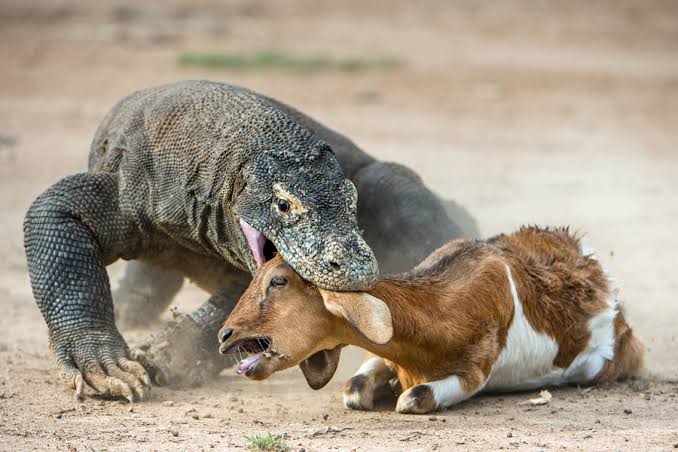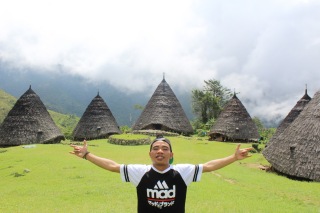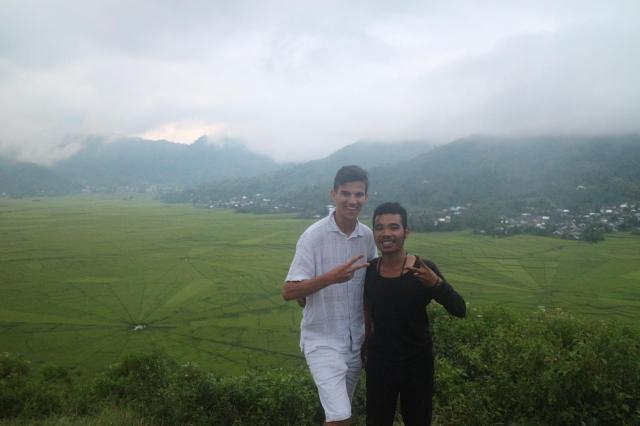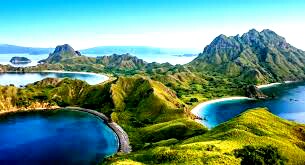
Padar is a small island located among Komodo and Rinca islands within Komodo archipelago, administrated under the West Manggarai Regency, East Nusa Tenggara Province Indonesia. It is the third biggest island part of Komodo National Park.
The Komodo archipelago is famous for Komodo Dragon, giant lizards that can measure up to 3 metres (9.8 ft) long. on the other hand, not like nearest islands of Komodo and Rinca that are teeming with the ferocious lizards, on Padar island the Komodo dragon is extinct.
The topography of the island is rugged, with steep volcanic mountains and hills set against deep bays. Padar has dry climate, with only bushes and grassland vegetation covering the island, creating savanna hills. Padar island has four deep bays with beaches in different colors, most of them are white sands, while some beaches has grey and pink sands.
Padar is typically savannah-covered, surreal landscape fringed by bright green-capped mountains of fairy-tale shapes. It’s all surrounded by three turquoise bays, and curiously, each one of the bays’ beaches has different coloured sand: One is pearly white, another charcoal black, and a third is a very rare baby pink. It is a rare mixture, a quirk of this unique island.

The black-sanded beach has volcanic origin, composed of a variety of dark minerals. The pink, one of a few in the world, has pulverized red coral mixed with white sand. And the white one, in most any other setting would be a spectacular find. Here, it approximately plays third fiddle.
Padar is home to a remarkable array of wildlife, particularly for its size. There are six species of shark, and two of manta rays, and many different reptiles. There once were three kinds of Komodo dragons here. (They are gone now, but still found on Komodo, Rinca, Gili Montang, Gili Dasami, and Flores.) There are dolphins, the occasional whale, falcons, kites, geckos, and green turtles. And then there are some plain old little mammals, to feed their neighbor predators.
How to Get There
Visitors can do a 30 minute hike to Padar’s summit to see a panoramic view of the island, go trekking for approximately an hour, snorkel or just hit the pristine tri-colored beaches. Labuan Bajo is the nearby city, and there is tours departure daily for one, two, or three-day visits. The greatest time is from April to June, and from September to November. Bring sunscreen, sunglasses, good hiking shoes, a hat, plenty of water and get ready for some serious 30-foot do exercises uphill.
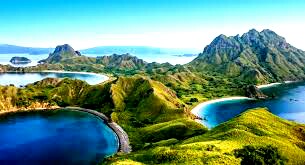
To get more information about this place please contact me
Email: jhoemarcelo5@gmail.com- marcelojoe@gmail.com
WhatsAPP: 082145681087
Facebook: jho marcello
